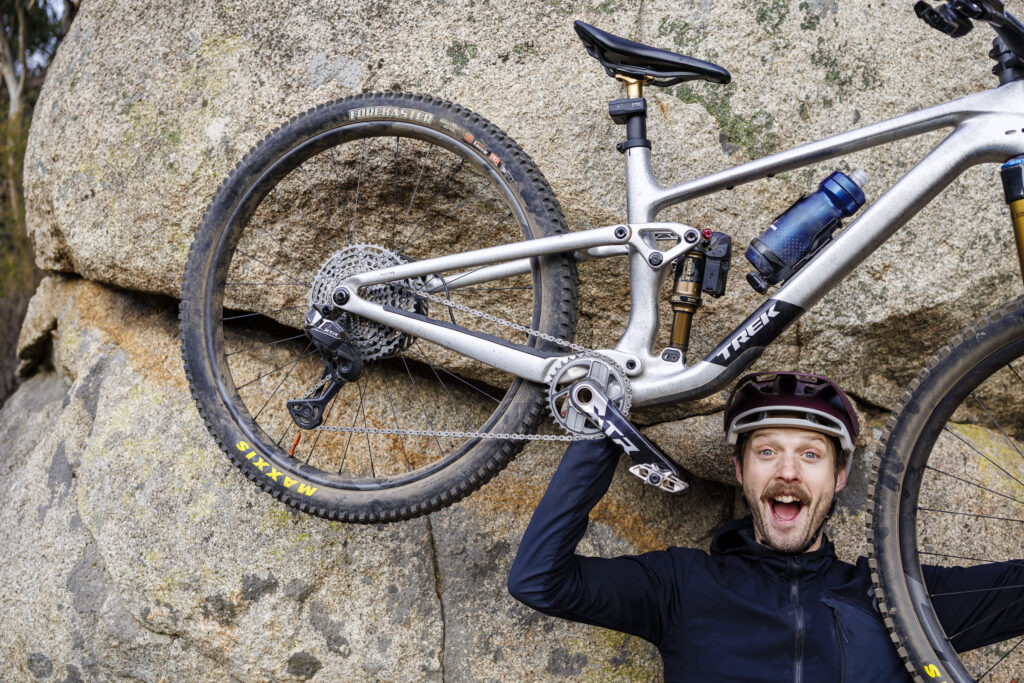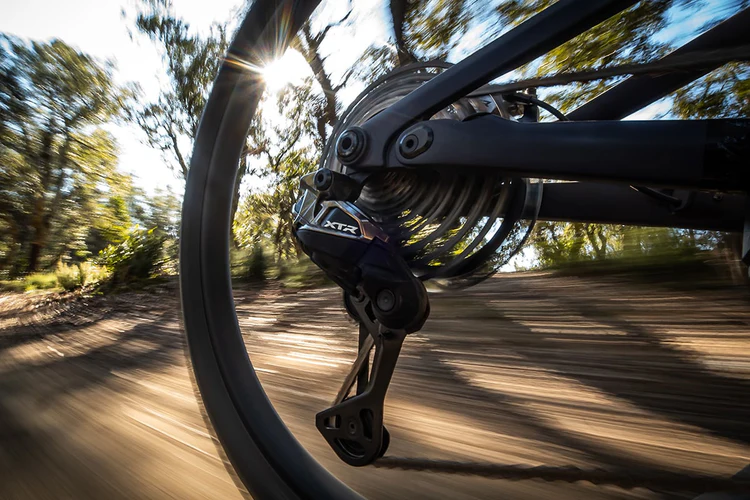Shimano XTR Di2 Derailleur Review: Ultimate Wireless Performance
Shimano XTR Di2 Derailleur Review: Ultimate Wireless Performance\
The cycling community has eagerly awaited the release of Shimano’s latest innovation—the fully wireless Shimano XTR Di2 derailleur. Launched in 2025, this flagship component in Shimano’s XTR series represents a significant advancement in mountain bike technology. By combining precision engineering with wireless convenience, the XTR Di2 RD-M9250 aims to redefine shifting performance on rugged trails. This blog post provides a comprehensive review, delving into its technical specifications, real-world performance, and competitive positioning, offering insights for both professional racers and dedicated trail riders.
Evolution of Shimano XTR Di2
Shimano’s XTR Di2 has a storied history, with its last electronic version released in 2014 (RD-M9050). That model introduced wired electronic shifting, which, while innovative, faced challenges like complex installation and maintenance. The new RD-M9250 addresses these pain points by going fully wireless, a move that aligns Shimano with competitors like SRAM, who have offered wireless systems for years. The development was delayed due to patent challenges, as Shimano’s MTB Product Manager, Nick Murdick, noted, requiring careful design to avoid infringement while enhancing durability (Bikerumor).
Key Features
The Shimano XTR Di2 derailleur is packed with advanced features designed to elevate the riding experience:
Fully Wireless Operation: Eliminates cables, simplifying installation and reducing maintenance. The derailleur uses Bluetooth/ANT+ for communication, with FCC approvals secured in mid-2024.
Dual Spring Stabilizer: Replaces the traditional clutch, offering 72% higher chain tension for superior retention, eliminating the need for regular clutch servicing (BIKEPACKING.com).
Automatic Impact Recovery: A motor-driven system allows the derailleur to recover from impacts, moving freely backward to protect gears.
E-Tube Customization: Shimano’s E-Tube app enables riders to adjust shifting speed, multi-shift functionality, and trim settings (36 positions).
Backward Compatibility: Integrates with existing 12-speed Shimano systems (XTR, XT, SLX, Deore, Hyperglide+), as well as DuraAce, Ultegra, 105, and GRX 12-speed Di2 groupsets.
Technical Specifications
The RD-M9250 is engineered for precision and durability, as detailed in the following table:
Specification
Details
Model
RD-M9250
Type
Fully wireless, mountain bike rear derailleur
Cage Options
SGS (long cage) for 10-51T cassette, GS (short cage) for 9-45T cassette
Mounting
Standard derailleur hanger, not UDH-compatible direct mount
Compatibility
XTR, XT, SLX, Deore, Hyperglide+; DuraAce, Ultegra, 105, GRX 12spd Di2
Chain Stabilizer
Dual spring, increased tension, no clutch service required
Impact Recovery
Motor-driven, recovers post-impact, backward movement for protection
Battery
305mAh, 22g, 14°F to 122°F, ~200 miles/charge, spring-loaded cover
Battery Indicators
Solid green (100–51%), flashing green (50–26%), solid red (25–1%)
Weight
414g (SGS, including 22g battery)
Pulley Cage
Full carbon, shielded pulley wheels, solid wheels to prevent debris pickup
Adjustments
Limit screws, B-tension screws, 36-position trim via shifter/E-Tube app
Durability
Low-profile skid plate, resin bumper, replaceable parts
Shifting Speed
Fast, crisp, enhanced by Hyperglide+ technology
The derailleur’s control motors and step-down gears are positioned deeper in the B-knuckle for impact resistance, and the battery is integrated into an oversized outer parallelogram link for protection (Bikerumor).
Performance on the Trails
Reviews highlight the XTR Di2’s exceptional performance. The wireless system delivers seamless shifts, even under load, with rapid gear changes that rival SRAM’s AXS systems. The dual spring stabilizer ensures chain stability on rough terrain, reducing chain slap and drop risks. The impact recovery feature has been lauded for maintaining functionality after rock strikes, a common trail hazard. Riders can fine-tune shifting via the E-Tube app, adjusting for single or double-click actuation and paddle ergonomics (15° fore-aft and pivot adjustment) (Pinkbike).
However, setup precision is critical. Improper alignment can lead to suboptimal shifting, and the battery access, while secure, is less intuitive than some competitors’ designs. Despite these minor drawbacks, the derailleur’s performance is consistently praised for cross-country (XC), enduro, and bikepacking applications.
Comparison with Competitors
The XTR Di2 faces competition from SRAM’s XX Transmission series, particularly the XX1 SL T-Type and XX1 T-Type. Here’s how they stack up:
Aspect
Shimano XTR Di2
SRAM XX1 T-Type
Price
$2820–2915 USD
$2000–2400 USD
Battery Life
~200 miles, 45% more than SRAM
Shorter, requires removal for transport
Weight
414g (SGS)
Lighter (specific weights vary)
Market Entry
2025, late to wireless
Wireless since ~2019
Compatibility
Broad Shimano 12spd ecosystem

Limited to SRAM T-Type
Shimano’s higher price reflects its advanced features and compatibility, but SRAM’s earlier market entry and lighter weight appeal to some riders. The XTR Di2’s battery life and no-removal design are significant advantages, particularly for long-distance riders (Pinkbike).
Pros and Cons
Pros:
Lightning-fast, precise shifting with Hyperglide+ technology.
Robust design with impact recovery and low-profile skid plate.
Extensive compatibility with Shimano 12-speed systems.
Long battery life (~200 miles) with clear indicators.
Customizable via E-Tube app for personalized performance.
Cons:
Higher cost compared to SRAM alternatives.
Heavier than some mechanical or SRAM wireless options.
Lacks the novelty factor due to SRAM’s earlier wireless systems.
Battery access less intuitive, setup requires precision.
Future Implications
The XTR Di2’s wireless technology is likely to influence Shimano’s lower-tier groupsets, such as XT and Deore, with patents suggesting future Di2 iterations (Bikerumor). Its success could also impact road and gravel groupsets, as Shimano explores wireless options beyond mountain biking (Cyclingnews). This release signals Shimano’s commitment to electronic shifting, potentially reshaping the cycling industry.
Conclusion
The Shimano XTR Di2 RD-M9250 derailleur is a triumph of engineering, offering unmatched shifting precision, durability, and compatibility. While its higher cost and weight may deter casual riders, it’s a worthy investment for professionals and enthusiasts seeking top-tier performance. As Shimano continues to innovate, the XTR Di2 sets a high bar for wireless mountain bike components, promising exciting developments for the future of cycling.
Ready to experience the future of shifting? Explore the Shimano XTR Di2 derailleur and elevate your ride today!






